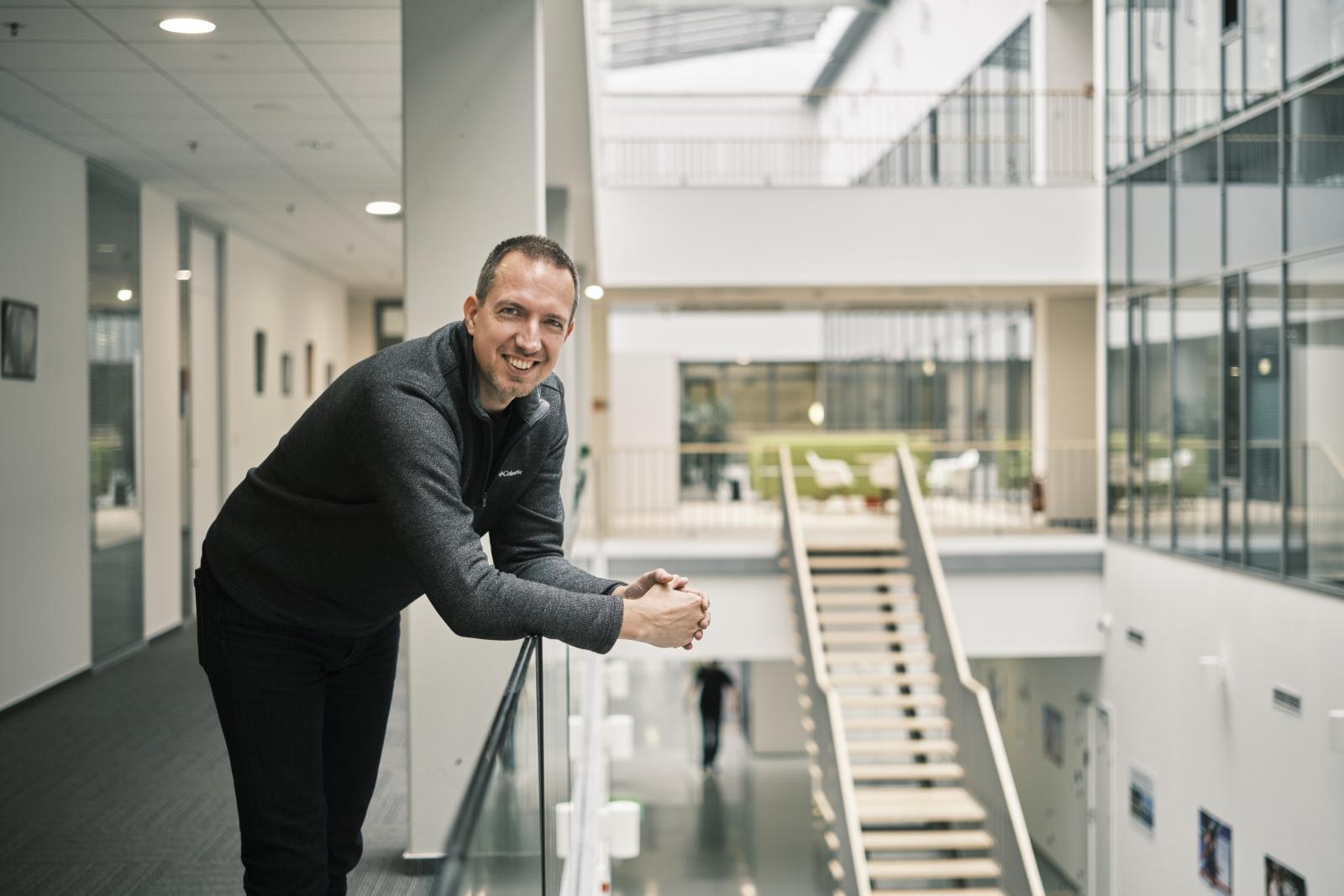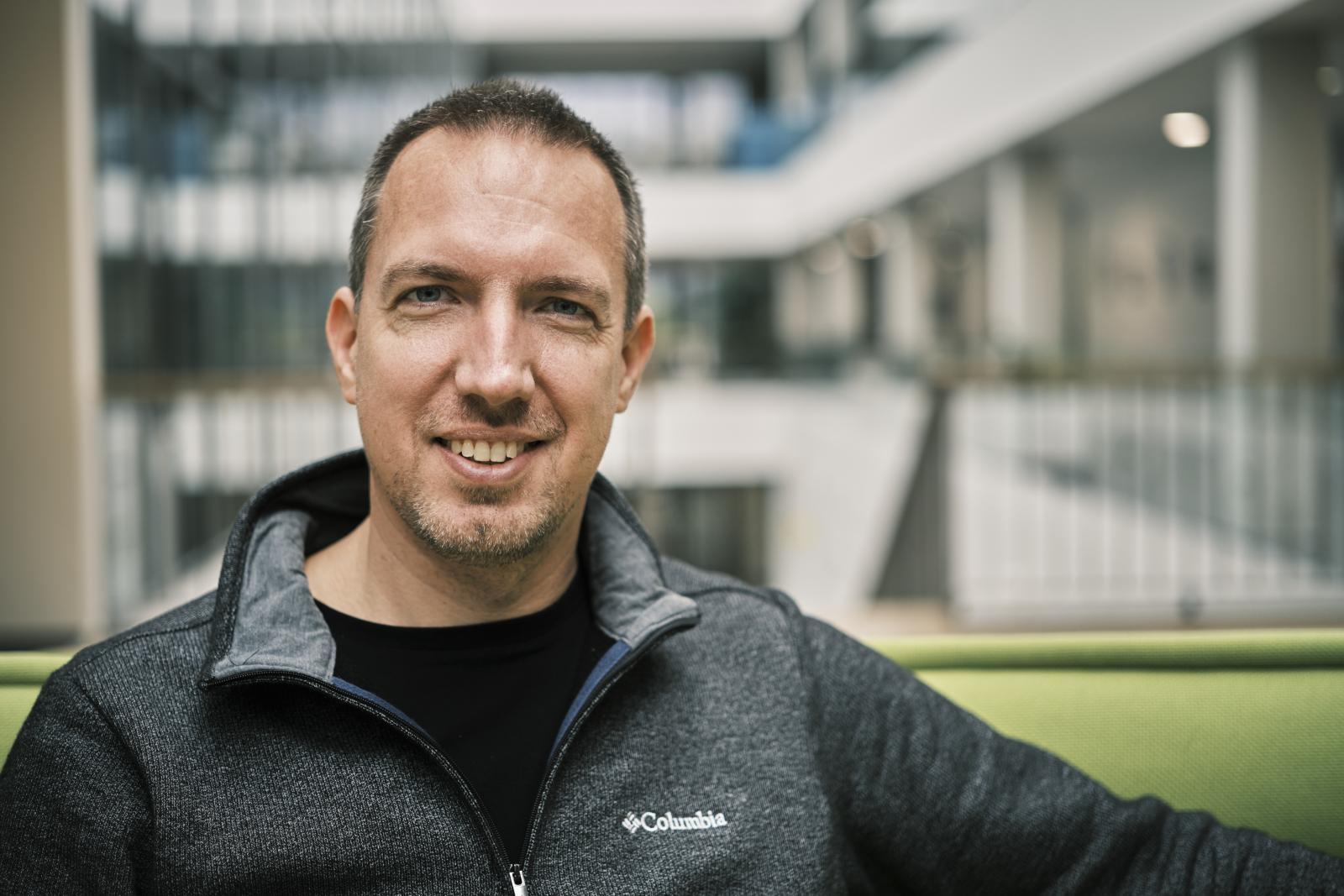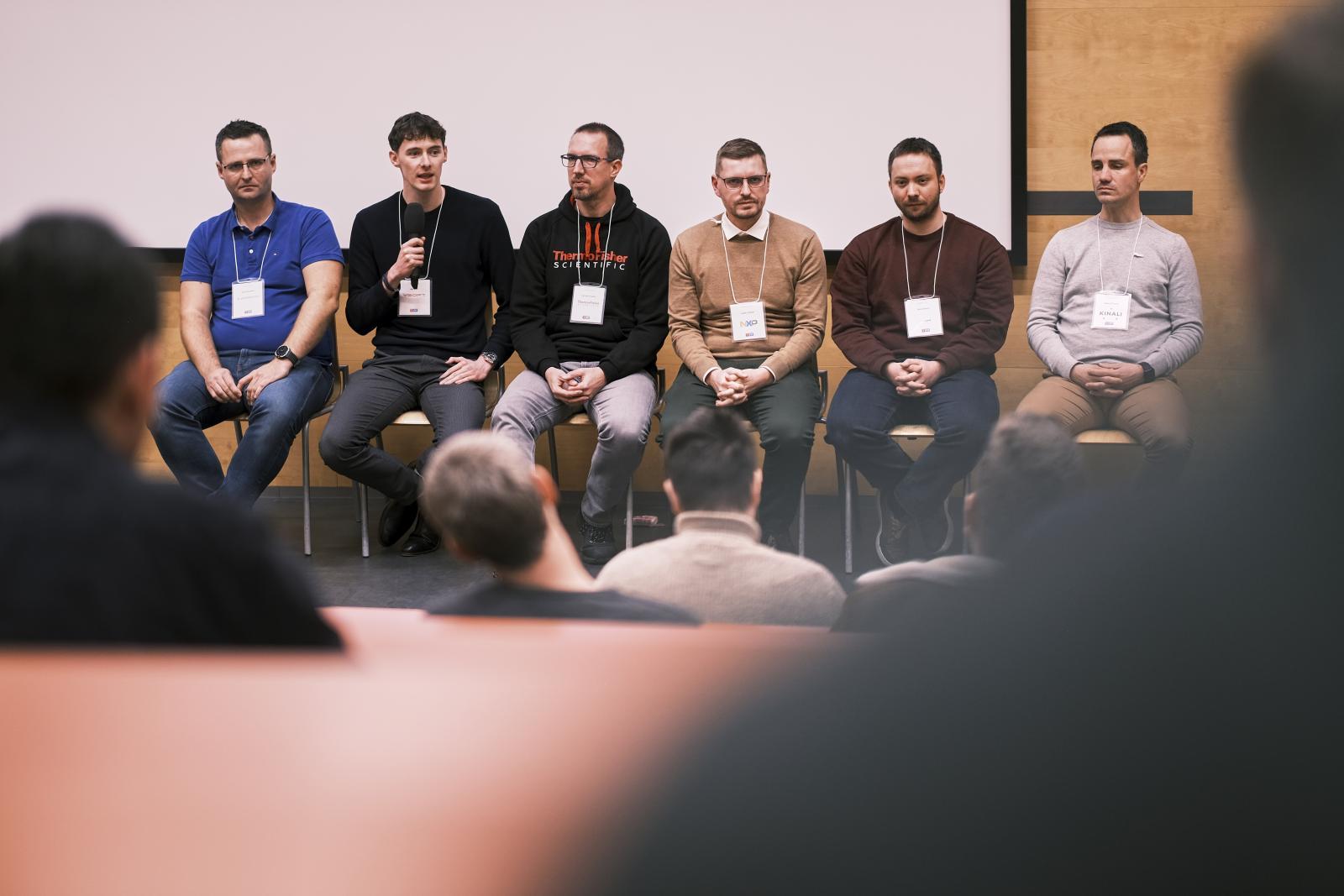News
Category: news
Day: 27 November 2025
Interview with our graduate: "FIT offers you many open doors," says Jaroslav Kadlec from Thermo Fisher Scientific
![[img]](https://www.fit.vut.cz/fit/news-file/d311040/Kadlec_FIT_013_1600.jpg)
Ing. Jaroslav Kadlec, Ph.D., a graduate of FIT VUT with a focus on computer graphics (Department of Computer Graphics and Multimedia), completed his doctoral studies in 2010. Since 2014, he has been employed by Thermo Fisher Scientific, currently in the position of software manager.
What led you to choose to study information technology at university? Were you already passionate about computers and electronics in high school? Or was it more of a pragmatic choice driven by the prospect of a well-paid job?
As a child, I was fascinated by all things electronic. If my parents left me alone, I would end up dismantling and taking apart some of the electronics in our home, even though I didn't really understand how they worked. Electronics and electricity were my obsession. I attended a sports-oriented elementary school and did track and field. One of my classmates introduced me to his brother, who was studying electrical engineering at a technical high school with a focus on microprocessor technology. The two of them had an Atari computer, and I was completely fascinated by what they could do with it. Logically, I wanted to go to the same school. And from my first year of high school, I was determined to learn how to program. It was such a huge challenge compared to everything else I had experienced in my life so far that I really turned into the proverbial nerd. I started programming with Basic, then moved on to Pascal, Assembler, and finally C and C++, the latter two at college. So yes, from sixth or seventh grade on, my path was pretty clear.
It really seems like you had your path figured out. In that case, was your first year of college a challenge for you, or did you get through it without any major problems thanks to your long-term interest in programming and electronics? How do you remember your bachelor's studies?
I was actually part of the first generation of people who enrolled at FIT (the faculty was established in 2002, editor's note). In my freshman year, I started as a student at the Faculty of Electrical Engineering and Computer Science (FEI) at BUT, which offered a degree program in Computer Science and Information Technology. During my first year, the faculty was divided into FIT and FEKT (Faculty of Electrical Engineering and Communication Technologies), and thanks to my grades, I had the opportunity to choose. I knew exactly that I wanted to continue at FIT. I became increasingly interested in computer graphics and multimedia, and in fact all the fields that were developing there at the time under Pavel Zemčík.
What attracted you so much to graphics and imaging methods that they became your specialization during your studies at FIT?
I was interested in computer games and their programming. I had already put together a few smaller games in Pascal. When I got to college, I wanted to improve my skills. At that time, there were already graphics cards with OpenGL, which could be used to create lights and other things that I couldn't calculate in Pascal before. This led me to questions about how such enormous computer performance actually works at the processor level and so on. And again, it was a huge challenge. Graphics accompanied me throughout my studies. The topic of my thesis was user interface architectures in a 3D environment, and the output of my thesis was movement in a virtual environment, navigation in it, etc. At the end of my master's studies, I was faced with a choice: either accept the offer to continue with a doctorate, or join the army, because I had already been drafted. So I admit that my motivation to pursue a doctorate was twofold...
Were you attracted to a doctorate purely from a professional standpoint?
There were several motivations: I like to explain things, so I wanted to teach. At the same time, I wanted to learn something new myself, to move forward. And in my case, "forward" meant moving in the direction of automatic user interface generation. In the end, my PhD took seven years. In the meantime, we had a child, so it was challenging. And yes, because of the difficulty, I even got to the point where I was thinking about giving up my PhD due to the exhausting time demands.

During your PhD, you got to work in a rather unusual field of industry: you were involved in interactive simulations for training armed forces. How did you come by this opportunity?
I was lucky. I felt the need for a financial injection for our family with a small child. The offer then came through another doctoral student at the faculty who was already working for VR Group. I found it interesting and thought to myself, "Simulators are graphics, and that's what I want to do." I started part-time and after two years went full-time. In the end, I worked mainly on modeling—from ballistics to combat vehicle control to simulations of the behavior of large groups of people and the surrounding environment. We also collaborated with the Integrated Rescue System, to which we supplied simulations of floods and fires, for example. I also enjoyed connecting software with hardware. I generally consider the connection between industry and academia to be a good thing. That's why we at Thermo Fisher try to stay in touch with FIT, collaborate with the faculty, offer interesting topics to its students, etc.
You are now in your eleventh year at Thermo Fisher Scientific. What attracted you to working for such a large company?
I was looking for a company that would once again offer me a combination of things that made sense to me. What I liked about Thermo Fisher was that the microscopes they manufacture serve a good purpose—for the production of medicines, the study of viruses, materials science, chip manufacturing... And humanity, good leadership, and good relationships between people at work are extremely important to me. At the time, I had information that this was how things were set up at Thermo Fisher. Looking back, I've always been lucky to have good people around me. For me, that's a huge asset in any job.
What has your career path been like at Thermo Fisher? What does a typical project you are working on today look like?
I joined as a senior software developer. It was a really sharp start, right off the bat, three days after I started, I flew to the United States to bring back the know-how of a company we had acquired at the time. As a developer, I have a very strong need for things to work and for the people who will use our results to be satisfied with them. And after the transfer of development here to Brno, I felt compelled to make sure that everything worked. Not just the development and code itself, but also that the software was getting into production and to users correctly, for example. I smoothly transitioned to setting up processes, communicating with production, collecting requirements, etc. I started doing things that developers don't normally do. After two years, the company came to me with an offer for a management position. At first, I led a small team, and hand in hand with that, I learned to perceive my activity and communication differently, how my actions affect others. I began to develop outside the technical part of development. The team grew, I moved on to other groups, I led an international team, and finally, two and a half years ago, I moved from materials science to a team that works for the semiconductor industry and now has about 80 members. And that's a different world and another huge challenge. I no longer deal with the technical side of things, I don't program. It has become just a hobby, but there is no room for it at work.

Today, you lead teams of developers and are also involved in deciding who will expand them. What strengths do you look for in job applicants?
I have found it best to choose people with the right attitude, who are enthusiastic about their work, because such inquisitive applicants learn better. In interviews, I don't primarily look for hard skills, such as the ability to program in a specific language. It's important that they are able to communicate well, know how to collaborate, and don't mind doing so. Because nowadays, everything is so complex that no one can do anything alone. I look for people who can work in a team. And also, for example, aren't afraid to work with hardware.
Looking back on your studies and career, how do you see FIT contributing to your professional path? What challenges did you face while studying at this faculty, and what obstacles did you have to overcome?
In my case, it was very time-consuming. Because I need to do things in such a way that I am convinced they are good enough to be submitted, I spent much more time on them than was necessary. From high school to the end of college, I didn't really have much of a social life. It was a heavy burden that I struggled with later in my career as well. On the other hand, FIT gives you a huge number of opportunities, offers lots of new topics, and opens many doors. You walk through some of them, and just peek through others. The school gives you the conditions and inspiration to learn. And FIT does that very well.
I took advantage of the open door to graphic design. And I also took advantage of the help of many great people. Honza Černocký, Adam Herout, Pavel Zemčík, Víťa Beran... For me, FIT is also great from the perspective of my current job role: I feel that FIT graduates are very well prepared for teamwork, they are less theoretical and more practical. As I said, nowadays, you can't do anything on your own. And it's clear that FIT is moving in the right direction in terms of team projects.
The interview with Jaroslav Kadlec is the first in a series of interviews with our successful graduates, which we will be publishing in the coming weeks.
